Along with Egypt, Babylon, and India, China is heralded as one of the Four Great Ancient Civilisations of the World. With written records dating back over 4,000 years, as far back the Shang Dynasty (c. 1600-1046 B.C.), it’s no wonder China earned its prestigious place among some of the oldest nations on earth. However, this long history was not always a peaceful one. It was frequently marred by turbulent and violent eras such as the Warring States Period (c. 476-221 BC) and the Northern and Southern Dynasties Period (420-589 AD).
Even the historic unification of China, which took place during the Qin Dynasty (221-206 BC), was tarnished by the despotic rule of Qin Shi Huang. Yet, like every cloud, there was a historical silver lining. The Han (206 BC–220 AD) and Tang (618-907) dynasties were widely regarded as golden eras in Chinese history, while even tumultuous periods such as the Jin Dynasty (265-420) saw great advancements in culture and the arts. In short, complex though it may seem, the history of China is as fascinating as it is long.
Qin Dynasty (221 – 206BC)
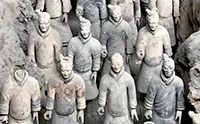 This was the dynasty that unified China, established the Great Wall, and laid the basic foundation for all of the dynasties that followed. [find more]
This was the dynasty that unified China, established the Great Wall, and laid the basic foundation for all of the dynasties that followed. [find more]
Han Dynasty (206BC – 220AD)
 When Liu Bang started the Han Dynasty, little did he know that he had just established the longest serving dynasty in Chinese history, one so illustrious that China’s largest ethnic group refers to themselves as the “Han people” to this day. [find more]
When Liu Bang started the Han Dynasty, little did he know that he had just established the longest serving dynasty in Chinese history, one so illustrious that China’s largest ethnic group refers to themselves as the “Han people” to this day. [find more]
The Western Han Dynasty The Eastern Han Dynasty
Political Reforms Cultural Impact
Three Kingdoms Period (220-280 AD)
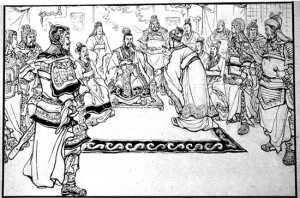 During the latter 50 years of the Han Dynasty (206 BC–220 AD), political corruption, schismatic warlords, and violent rebellions ran rife, which led to the end of the Han Dynasty and the fractured Three Kingdoms Period. [find more]
During the latter 50 years of the Han Dynasty (206 BC–220 AD), political corruption, schismatic warlords, and violent rebellions ran rife, which led to the end of the Han Dynasty and the fractured Three Kingdoms Period. [find more]
The Kingdom of Wei The Kingdom of Shu-Han
Jin Dynasty (265-420 AD)
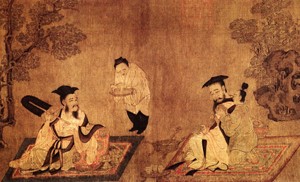 The original Jin Dynasty (265-420 AD) was founded when Sima Yan, a powerful military general from the Wei Dynasty (220-265), forced the reigning Emperor Cao Huan to abdicate and took the throne for himself. [find more]
The original Jin Dynasty (265-420 AD) was founded when Sima Yan, a powerful military general from the Wei Dynasty (220-265), forced the reigning Emperor Cao Huan to abdicate and took the throne for himself. [find more]
The Western Jin Dynasty The Eastern Jin Dynasty The Sixteen Kingdoms Period
Northern and Southern Dynasties Period (420-589 AD)
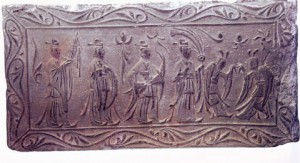 During the preceding Northern and Southern Dynasties Period (420-589), the north and south of China were fractured by a series of rival dynasties. [find more]
During the preceding Northern and Southern Dynasties Period (420-589), the north and south of China were fractured by a series of rival dynasties. [find more]
The Northern Dynasties The Southern Dynasties
Sui Dynasty (581-618 AD)
 In just 37 years, the Sui emperors restructured the governmental system, restored order to the country’s farming dynamic, re-established the importance of Confucianism, constructed several integral edifices, and replaced by the next regime. [find more]
In just 37 years, the Sui emperors restructured the governmental system, restored order to the country’s farming dynamic, re-established the importance of Confucianism, constructed several integral edifices, and replaced by the next regime. [find more]
Tang Dynasty (618-907 AD)
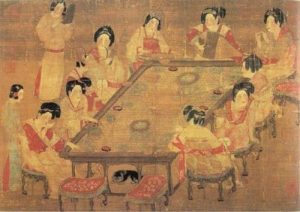 As the first emperor of the Tang Dynasty, the Emperor Gaozu ushered in a golden age in Chinese history. The Li family effectively ruled a country as large as China for nearly 300 years. [find more]
As the first emperor of the Tang Dynasty, the Emperor Gaozu ushered in a golden age in Chinese history. The Li family effectively ruled a country as large as China for nearly 300 years. [find more]
The Early Tang The Wu Zhou Dynasty (690-705) The Later Tang
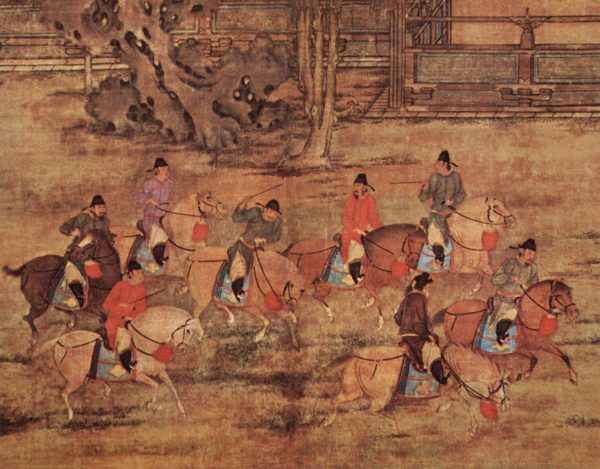 Five Dynasties and Ten Kingdoms Period (907-960 AD)
Five Dynasties and Ten Kingdoms Period (907-960 AD)
After the chaos of late Tang Dynasty, five short-lived dynasties would successively take control of northern China, while the south and the west were under the sway of ten separate kingdoms that, in many instances, ran concurrently. [find more]
The Five Dynasties The Ten Kingdoms
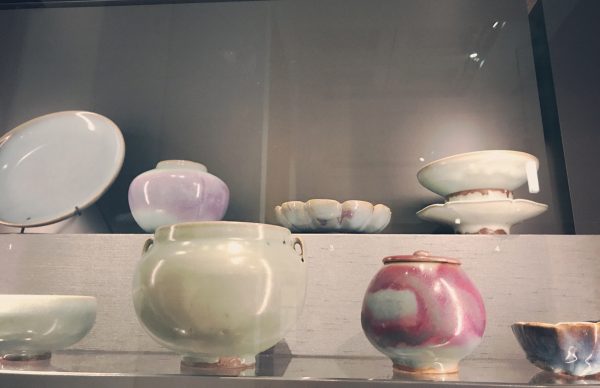 Song Dynasty (960-1279 AD)
Song Dynasty (960-1279 AD)
Throughout the 10th and 11th centuries, China was so prosperous under the Song government’s rule that the population doubled in size, making it the richest, most skilled, and most populous country on earth at the time! [find more]
The Northern Song Cultural Impact Political Reforms
Yuan Dynasty (1271-1368 AD)
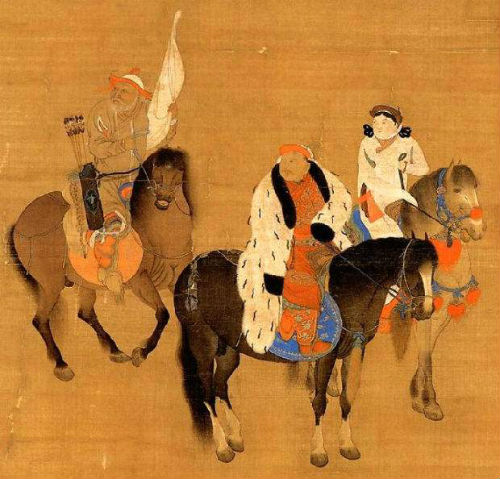 Kublai Khan set up a Mongolian kingdom in China. As with many foreign dynasties, the Yuan emperors struggled to reconcile their own culture with that of the people they ruled. While Kublai Khan proved to be a capable ruler who accepted the counsel of both Mongolian and Han Chinese advisors, his successors would prove to be far less astute and strong-willed. [find more]
Kublai Khan set up a Mongolian kingdom in China. As with many foreign dynasties, the Yuan emperors struggled to reconcile their own culture with that of the people they ruled. While Kublai Khan proved to be a capable ruler who accepted the counsel of both Mongolian and Han Chinese advisors, his successors would prove to be far less astute and strong-willed. [find more]
The Early Yuan Cultural Impact
Ming Dynasty (1368-1644 AD)
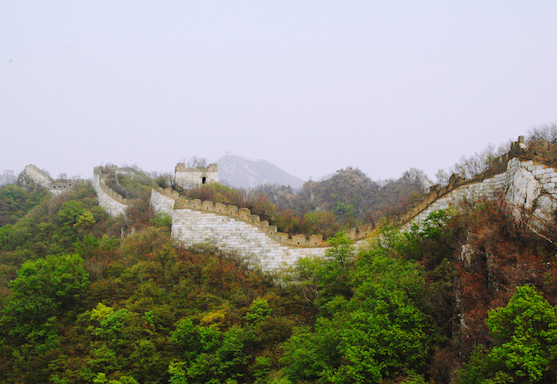 Along with the Forbidden City and the Great Wall, the Ming Dynasty left behind an illustrious legacy as a period characterised by social stability and prominent international stature. Ming-style porcelain became a hot commodity in Europe. At its height, the Ming Empire was so powerful that it received tribute from as far away as Japan, Java, Sumatra, Sri Lanka, South India, and the East African coast. [find more]
Along with the Forbidden City and the Great Wall, the Ming Dynasty left behind an illustrious legacy as a period characterised by social stability and prominent international stature. Ming-style porcelain became a hot commodity in Europe. At its height, the Ming Empire was so powerful that it received tribute from as far away as Japan, Java, Sumatra, Sri Lanka, South India, and the East African coast. [find more]
The Early Ming The Later Ming Cultural Impact
Qing Dynasty (1644-1912 AD)
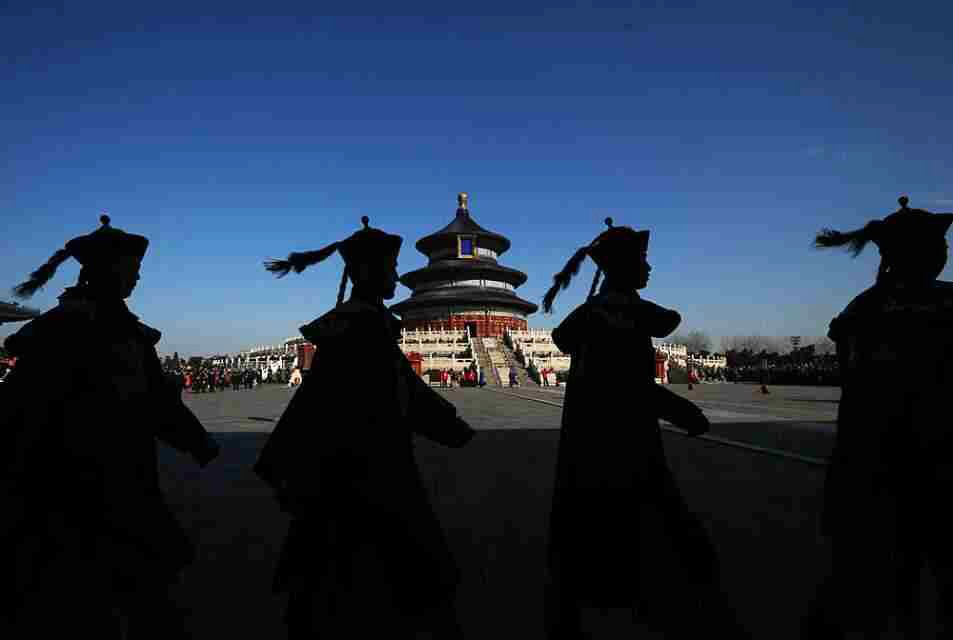 At the start of the 17th century, in the northeastern region of Manchuria, an ambitious Jurchen leader named Nurhaci had been amassing power. Nurhaci’s son Hong Taiji changed the ethnic name of his people from the Jurchens to the Manchu and announced the founding of the Qing Dynasty. Hong Taiji’s son formally took control of China as the Shunzhi Emperor in 1644. This is the last imperial dynasty in Chinese history. [find more]
At the start of the 17th century, in the northeastern region of Manchuria, an ambitious Jurchen leader named Nurhaci had been amassing power. Nurhaci’s son Hong Taiji changed the ethnic name of his people from the Jurchens to the Manchu and announced the founding of the Qing Dynasty. Hong Taiji’s son formally took control of China as the Shunzhi Emperor in 1644. This is the last imperial dynasty in Chinese history. [find more]